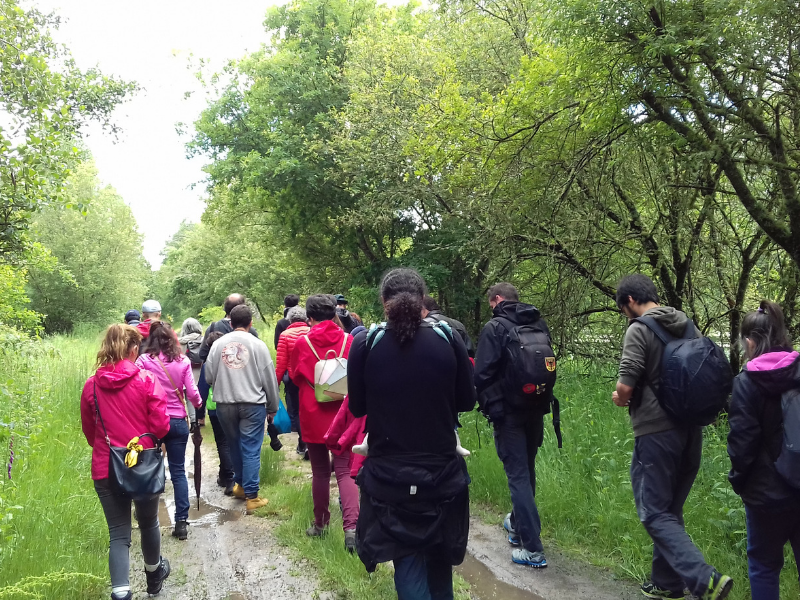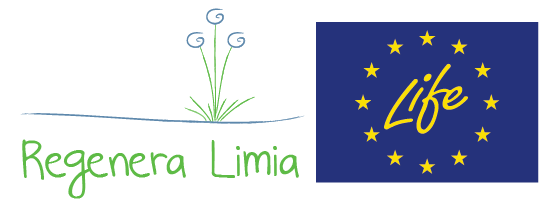Through the LIFE REGENERA LIMIA Project, several demonstration solutions will be implemented in the A Limia Region, focused directly to reduce the presence of nutrients, mainly of agricultural and livestock origin, in the water bodies of the A Limia Region, in order to analyse the viability of a new approach that integrates preventive and regeneration measures in the Limia River, to fulfil the environmental objectives of the Water Framework Directive.
Consequently, the project requires the active and committed participation of the different actors:
Action B1
SYSTEM OF INTEGRATED CONTROL OF CHEMICAL AND ORGANICS FERTILISERS MANAGEMENT IN AGRARIAN SOILS
The objectives to get in the 10 plots as a pilot action are:
Less chemical fertilisers
Less GGE
Less Organic Fertilisers
Action B2
DEVELOPMENT OF A LOW COST ARTIFICIAL LAGUNAJE SYSTEM FOR SLURRIES TREATMENT
The objectives expected with this action are:
53m3 slurry per day
Action B3
RECOVERY AND REHABILITATION OF OLD ALUVIAL PLAIN OF LIMIA RIVER
The objectives to achieve the reduction of nutrients are:
Nitrates
Ammonium
Total Phosphorus
BOD5
5 HA Recovery Plains
Action B4
RECOVERY AND INTEGRATION IN THE HYDROLOGICAL CYCLE OF ABANDONED SANDWICH PONDES FOR THE GENERATION OF A LAGUNAR SYSTEM THAT STRENGTHENS THE FILTRATION CAPACITY OF THE FLUVIAL COURSE
The objectives to achieve the reduction of nutrients are:
Nitrates
Ammonium
Total Phosphorus
BOD5
These two actions will seek to take advantage of the effect of assimilation and nutrient fixation of the vegetation river bank of the recovered channels to contribute to the reduction of the nutrients coming from the mixed farming of A Limia Region that arrive at the Las Conchas Reservoir. At the same time it contributes to recover what in the past was one of the best wet interior enclaves for waterfowl, herpetofauna and associated flora.

Develop a plan for environmental awareness and education and a communication and participation strategy. It seeks to inform and promote preventive measures of water pollution directed mainly to farmers, farmers and other professionals and technicians working in the sector, as well as other groups.
